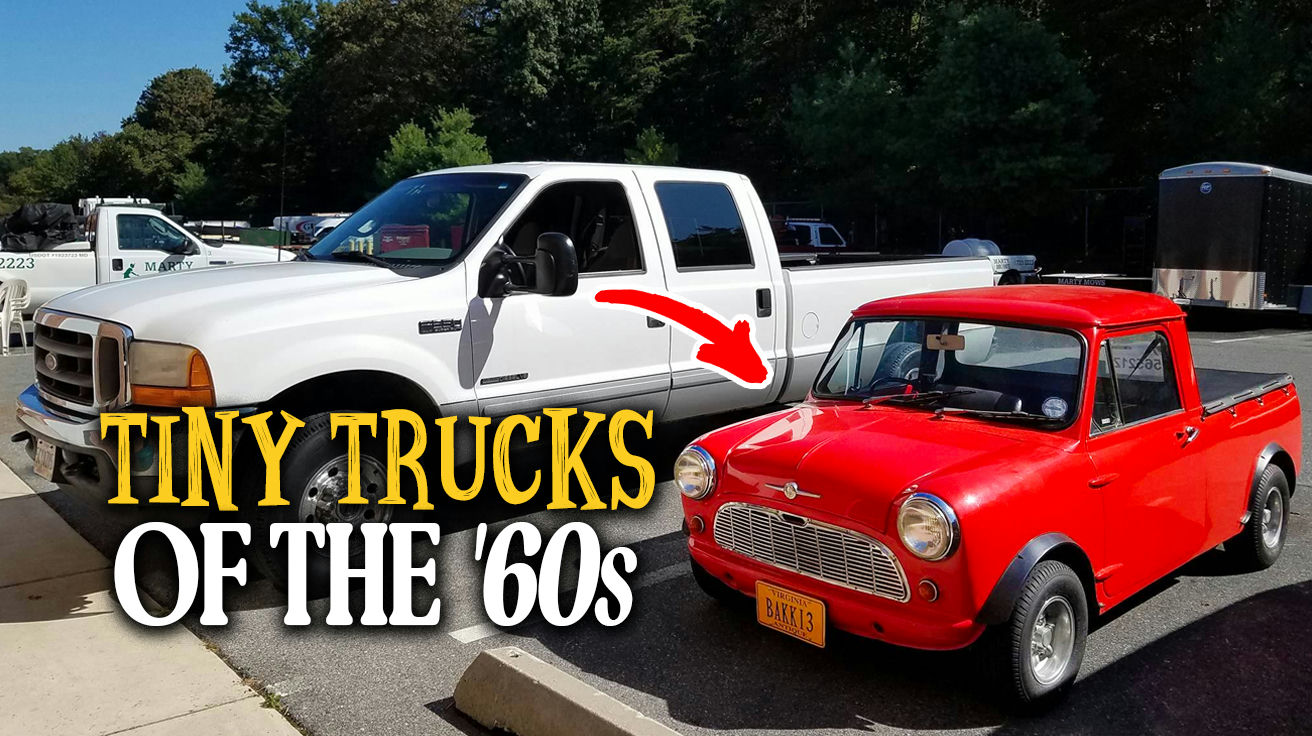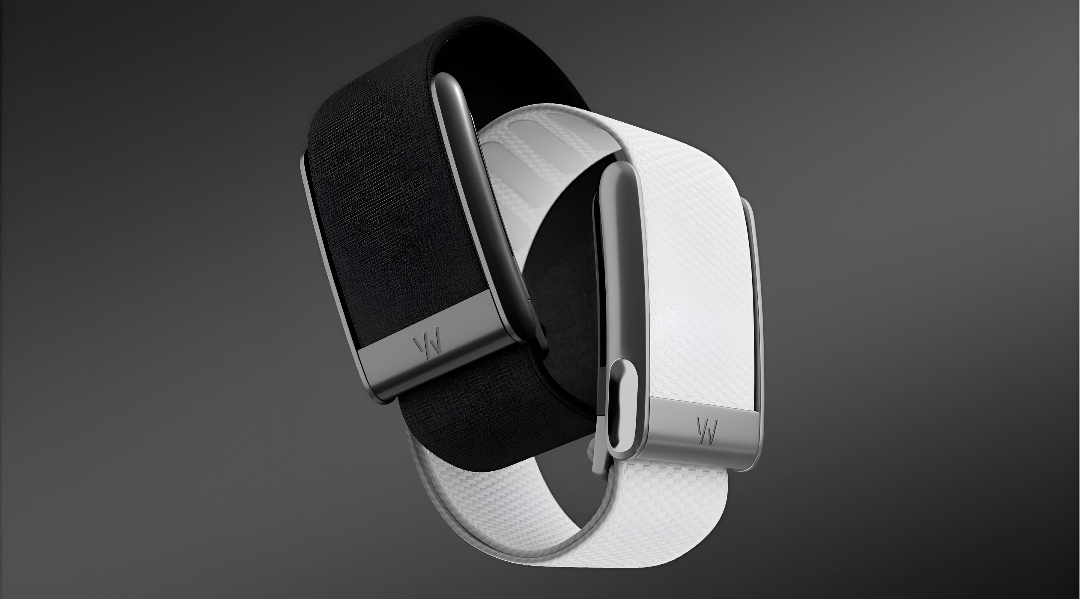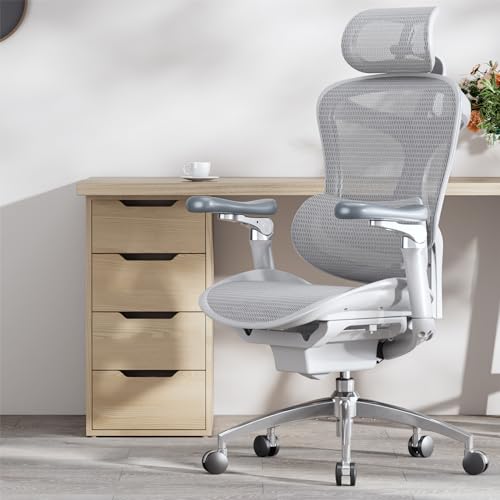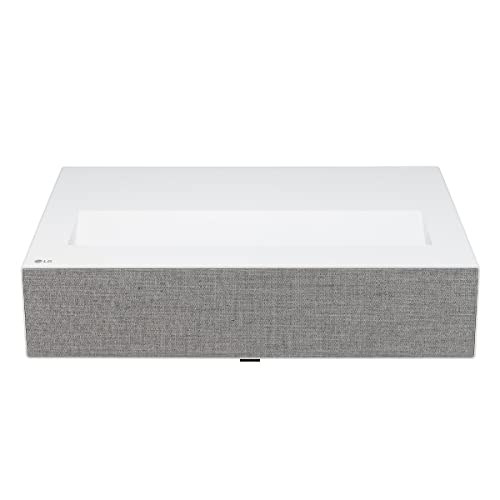The 1960s gave us muscle cars, moon landings, and a revolution on four wheels that nobody saw coming. These compact haulers delivered a jaw-dropping 25-30 mpg while their gas-guzzling American counterparts struggled to crack double digits. According to Hagerty’s automotive historians, this efficiency gap represented one of the most dramatic contrasts in automotive history. Talk about David taking Goliath to school.
You know that feeling when something unexpectedly practical changes your life? That’s what these trucks did for countless businesses and families. Each model showcased here earned its spot through genuine innovation or cultural significance—not just looking pretty in showrooms. These trucks made powerful statements against the “bigger is better” mentality that dominated American roads. Hagerty’s classic vehicle valuation guides now show these once-overlooked haulers appreciating faster than many of their full-sized contemporaries.
10. 1969 Toyota Hilux (Exterior)
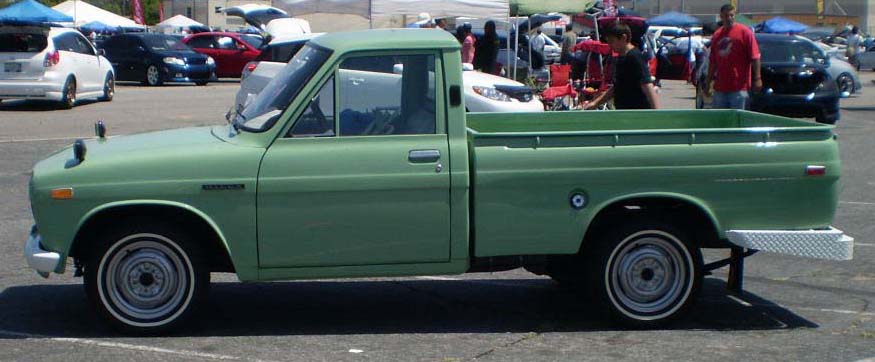
The 1969 Toyota Hilux was engineered to outlast civilization itself. This 164-inch manifestation of mechanical determination housed a straightforward 1.5L engine producing 70 horsepower. The name “high luxury” referred to the luxury of never being stranded rather than plush amenities.
1969 Toyota Hilux (Interior)

The Hilux interior married Japanese engineering with workday practicality. Its dashboard presented information through crisp gauges that remained visible in any light. The controls operated with mechanical precision that conveyed quality beyond the truck’s modest price point.The bench seat provided proper support for all-day driving comfort. This focus on ergonomics rather than flash established Toyota’s reputation for creating purposeful environments. Every element served a clear function without unnecessary frills.
9. 1964 Austin Mini Pickup (Exterior)
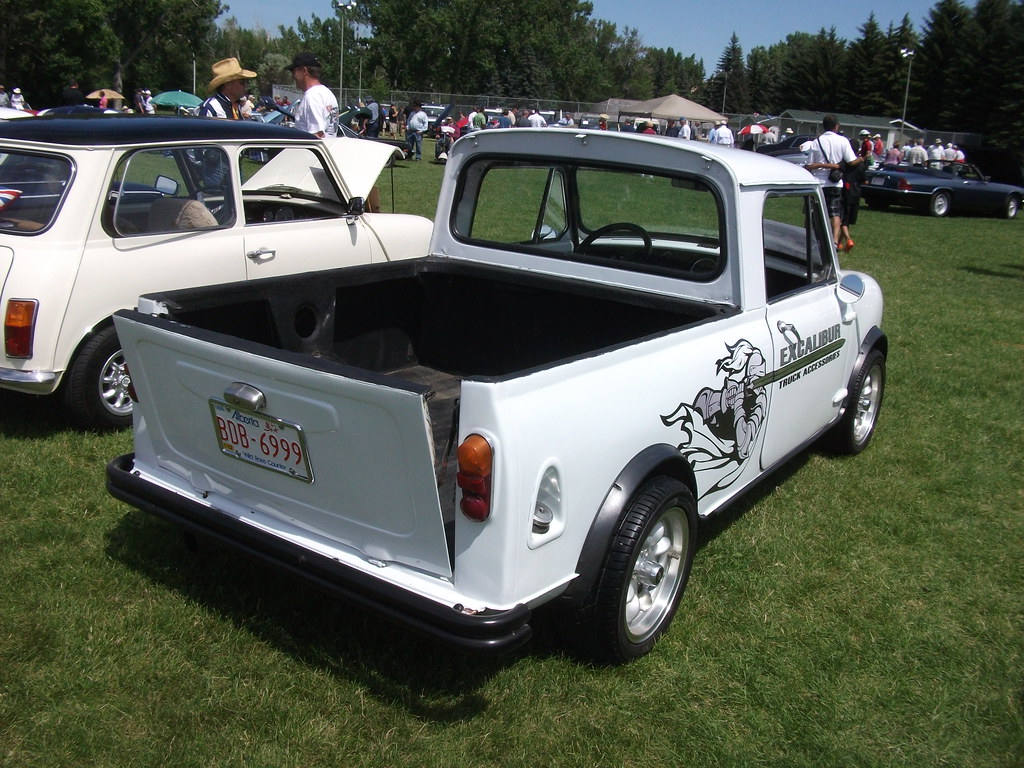
The 1964 Austin Mini Pickup packed more ingenuity into 129 inches than vehicles twice its size. This micro-marvel employed front-wheel drive—revolutionary for trucks of the era. This eliminated space-wasting driveshafts and lowered the load floor to maximize cargo space.The result? A staggering 1,100-pound payload capacity from something smaller than many modern hatchbacks. Its tiny footprint disguised remarkable capability.
1964 Austin Mini Pickup (Interior)
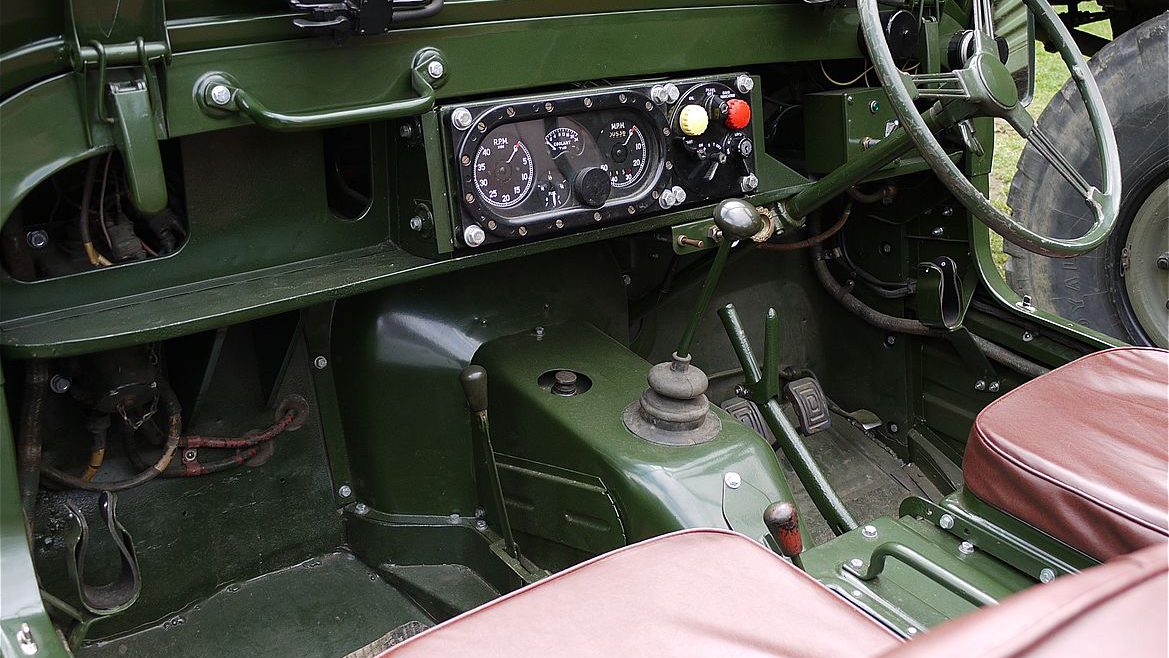
The Mini Pickup’s interior showcased British innovation through clever space use. Its massive central speedometer dominated the dashboard, serving as both instrument and style statement. The cabin felt surprisingly roomy despite compact external dimensions.The two-spoke steering wheel required just two fingers for maneuvering, offering go-kart responsiveness. Window cranks and door handles shared parts with Mini cars, bringing unexpected refinement to this utilitarian vehicle. Every inch served a purpose.
8. 1960 Morris Minor 1000 Pickup (Exterior)
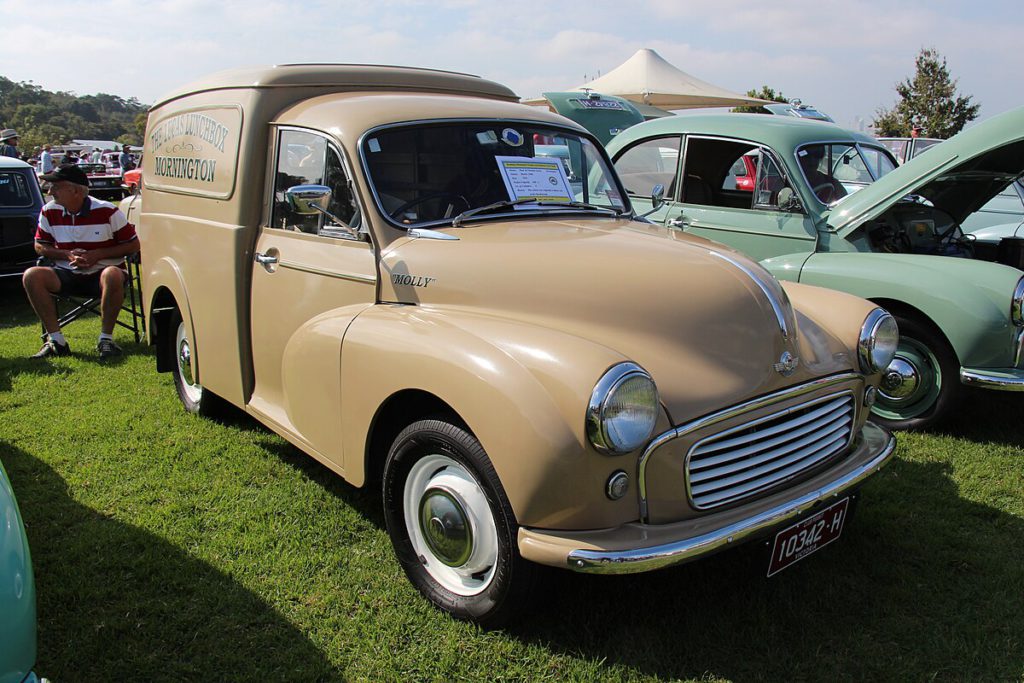
The Morris Minor 1000 Pickup was Britain’s middle finger to excessive American truck proportions. At just 150 inches—nearly a yard shorter than its U.S. competitors, this compact workhorse embodied British practicality at its finest.Small businesses throughout the UK and Commonwealth adopted these haulers for everything from flower deliveries to furniture transport. Its modest size made perfect sense in narrow European streets.
1960 Morris Minor 1000 Pickup (Interior)

Inside the Minor’s cab, British sensibility reigned supreme with function and quirky charm. The large, dinner-plate-sized speedometer dominated the dash panel. Minor controls surrounded it in a logical arrangement.The seating position was surprisingly comfortable. Large windows and minimal pillars created greenhouse-like visibility that modern truck drivers would envy. This airy feeling compensated for the modest dimensions, making the tiny cab feel more spacious than it was.
7. 1963 Subaru 360 Pickup (Exterior)
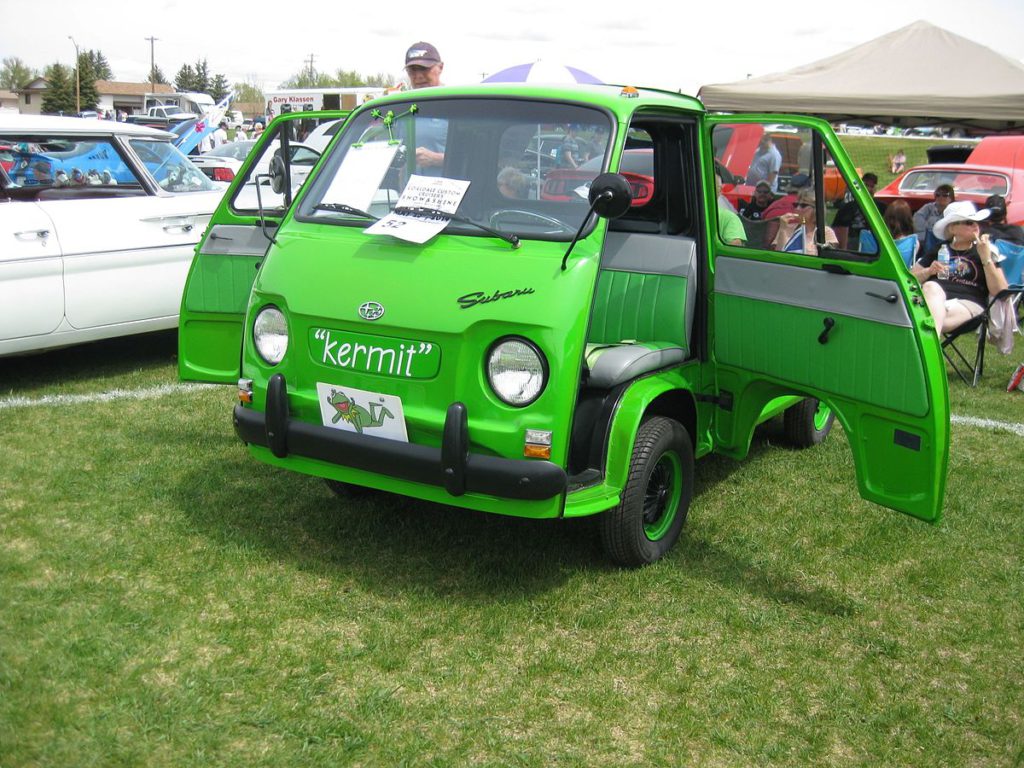
Japan’s post-war automotive resurrection produced something truly special in the Subaru 360 Pickup. At a mere 120 inches—shorter than your average garden shed—this mechanical marvel packed impressive efficiency. Its 25-horsepower engine delivered a mind-boggling 66 mpg when American trucks guzzled fuel like water.
1963 Subaru 360 Pickup (Interior)

The 360’s cabin redefines minimalism. The spartan dashboard featured only essential gauges with stark simplicity. Its narrow body placed drivers and passengers shoulder-to-shoulder, creating an intimately close seating arrangement.Shoulders practically touched across seats that were little more than padded benches. Despite these challenges, Subaru engineered surprising ergonomics for the era, with controls within easy reach and visibility that belied the truck’s tiny footprint.
6. 1968 Mazda B500 Pickup (Exterior)
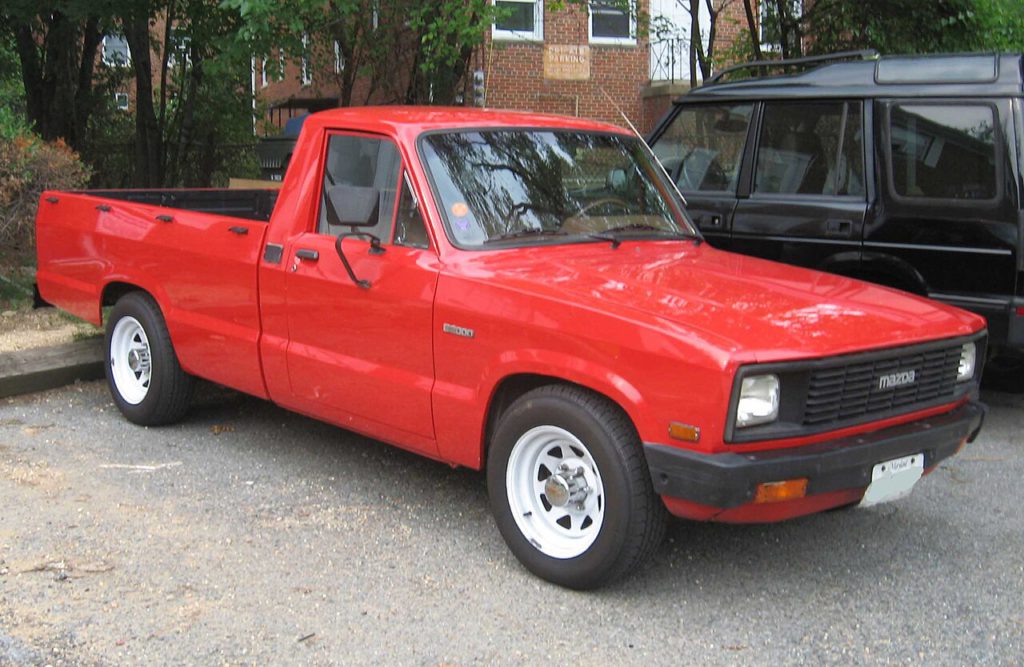
The 1968 Mazda B500 celebrated mechanical minimalism when unnecessary complexity was becoming fashionable. This 162-inch exercise in focused utility employed a reliable 70-horsepower 1.5L engine that prioritized longevity over brochure-worthy statistics.Its deliberately spartan design contained only what drivers needed. No chrome excesses or styling gimmicks distracted from its purpose. Form truly followed function.
1968 Mazda B500 Pickup (Interior)
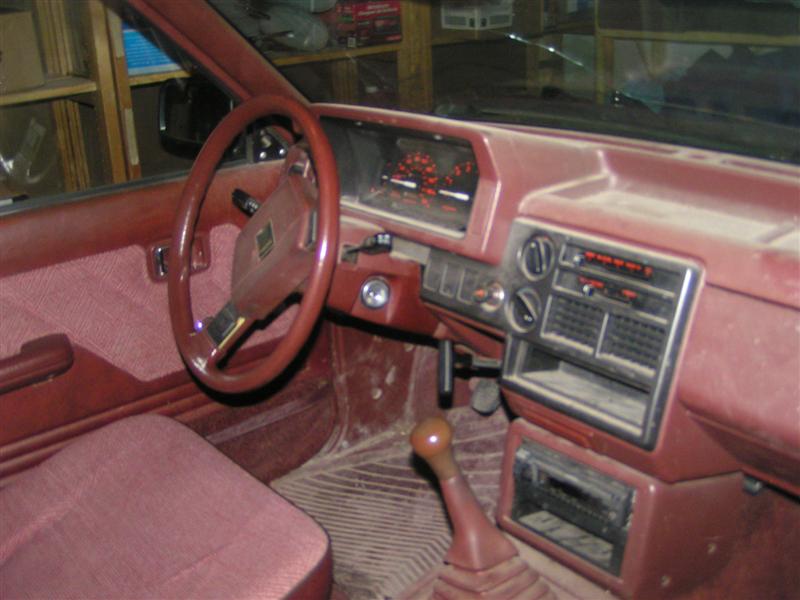
Inside the B500, Mazda created a workspace rather than a showpiece. The dashboard used a simple layout with clearly marked gauges visible at a glance—emphasizing function over form with honest simplicity.The vinyl bench seat prioritized durability over initial comfort. The floor-mounted shifter operated with mechanical precision that gave drivers confident control. Storage consisted of a simple glove box and door pockets—exactly what was needed, nothing more. From Japan’s city delivery marvels to Britain’s clever micro-haulers, these unassuming trucks left a lasting mark. For even more examples of unique compact pickups that challenged convention, take a look at this roundup that celebrates innovation beyond the mainstream.
5. 1965 Chevrolet Corvair Rampside Pickup (Exterior)
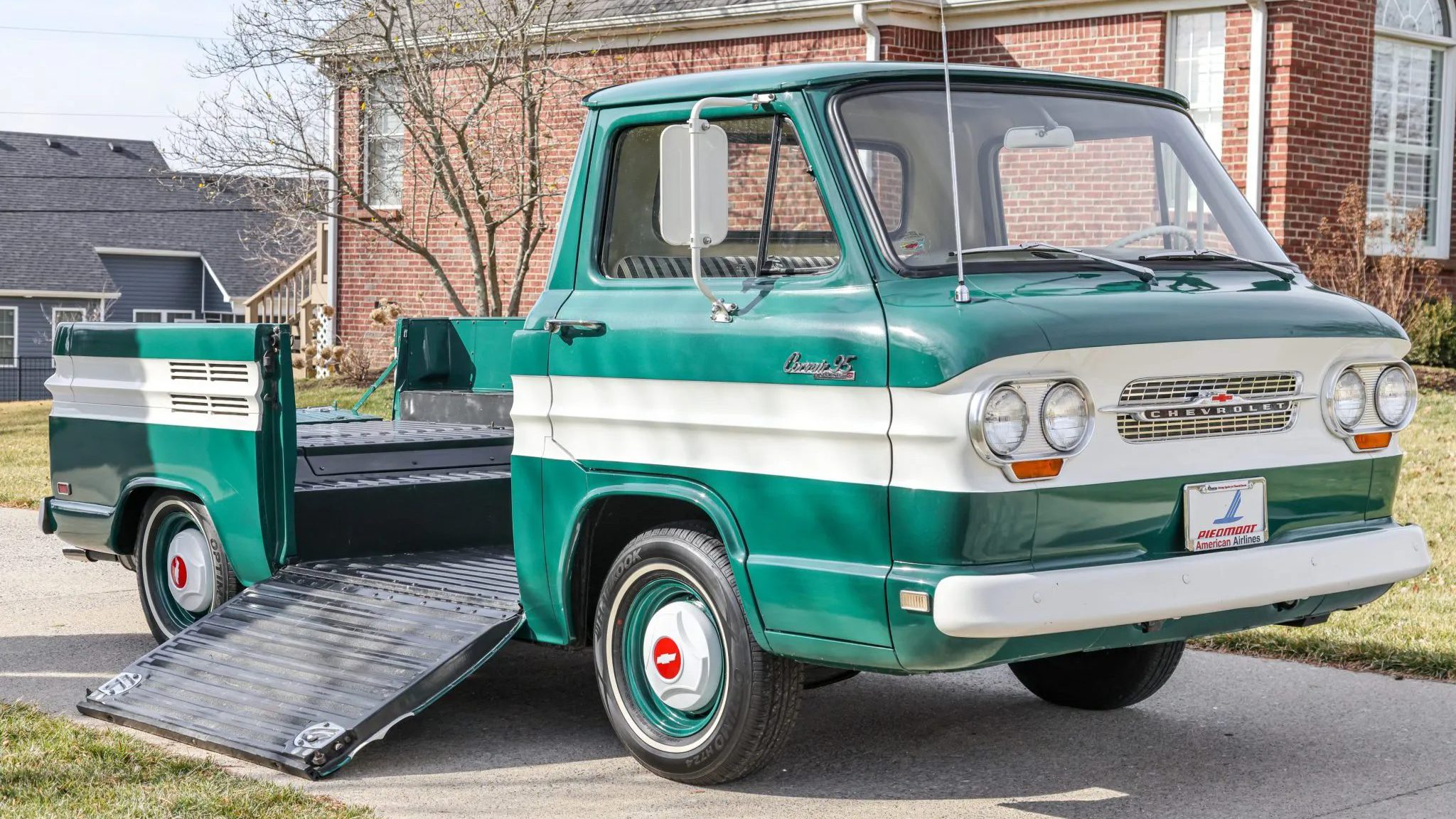
Chevrolet’s Corvair Rampside represented pure automotive innovation. Stretching 186 inches, this rule-breaker featured a side-loading ramp that transformed loading heavy items from backbreaking labor into child’s play.The flat cargo floor—hovering above a rear-mounted, air-cooled flat-six delivering 80-95 horses—made it uniquely practical. No other American truck offered this combination of features.
1965 Chevrolet Corvair Rampside Pickup (Interior)

The Corvair’s interior offered a sophisticated driving environment light-years ahead of utilitarian competitors. Its car-based origins provided a horizontal instrument panel featuring aircraft-inspired circular gauges.The nearly flat floor was unheard of in trucks of this era. This blend of passenger-car comfort with truck practicality created a uniquely civilized work vehicle. Drivers no longer had to suffer through long shifts behind the wheel.
4. 1961 Ford Econoline Pickup (Exterior)
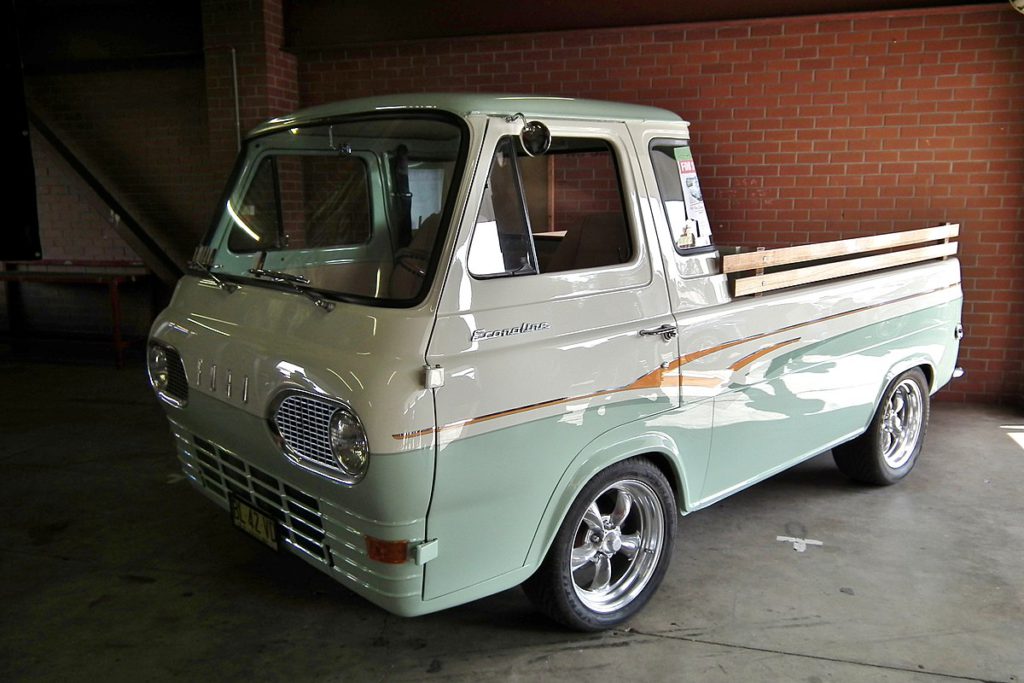
As cities expanded faster than waistlines at a pie festival, Ford engineered a solution to urban challenges. The Econoline Pickup placed drivers directly above the front wheels in a cab-over configuration that squeezed maximum space into its 175.5-inch footprint.Every millimeter was utilized with military precision, yielding a surprisingly generous 7-foot bed. The compact overall length made city parking feasible even in tight spots.
1961 Ford Econoline Pickup (Interior)

The Econoline’s interior maximized space with the driver in a “command position” directly above the front axle. This unique arrangement provided exceptional forward visibility but placed the engine intrusion between occupants.The dashboard used vertical space with a tall, narrow instrument cluster. Ford’s focus on function meant few comforts beyond a basic heater and a radio that qualified as an expensive luxury option. Everything served the truck’s commercial mission.
3. 1963 Volkswagen Type 2 Single Cab Pickup (Exterior)
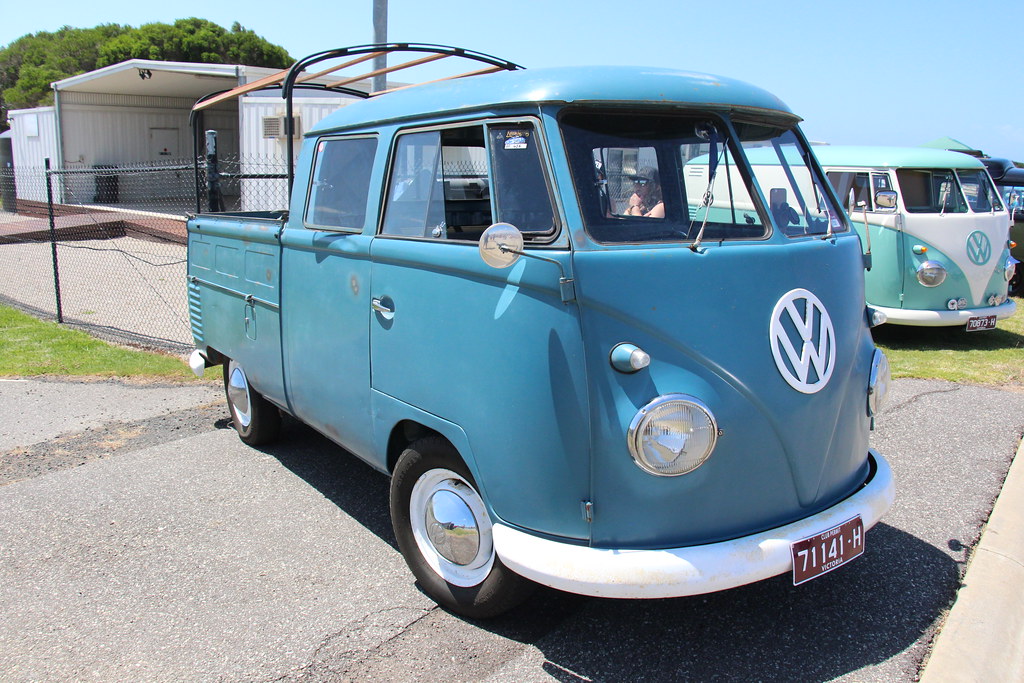
Volkswagen’s Type 2 Single Cab pickup transformed the Bus platform into a versatility champion. This distinctive 172-inch hauler featured revolutionary three-way drop-down gates on the bed sides and rear, creating unmatched cargo access.Its air-cooled 42-horsepower flat-four provided just enough motivation for its intended duties. The practical design prioritized flexibility over speed or power.
1963 Volkswagen Type 2 Single Cab Pickup (Interior)
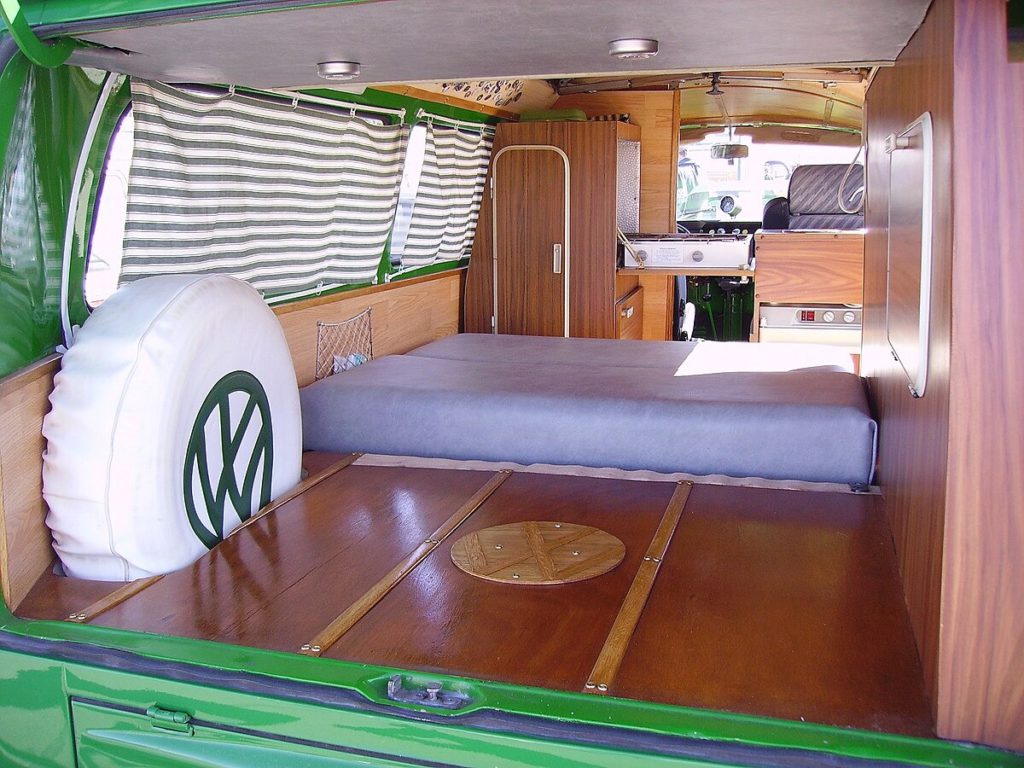
The Single Cab’s interior exemplified Teutonic minimalism. The driving position featured the bus-derived upright wheel positioned nearly horizontally—like steering a ship rather than a vehicle.This arrangement paired with the panoramic windshield created exceptional visibility. The dashboard consisted of little more than a speedometer pod and essential controls. Despite these quirks, the cabin provided a surprisingly airy, comfortable environment that drivers appreciated.
2. 1962 Datsun 320 Pickup (Exterior)
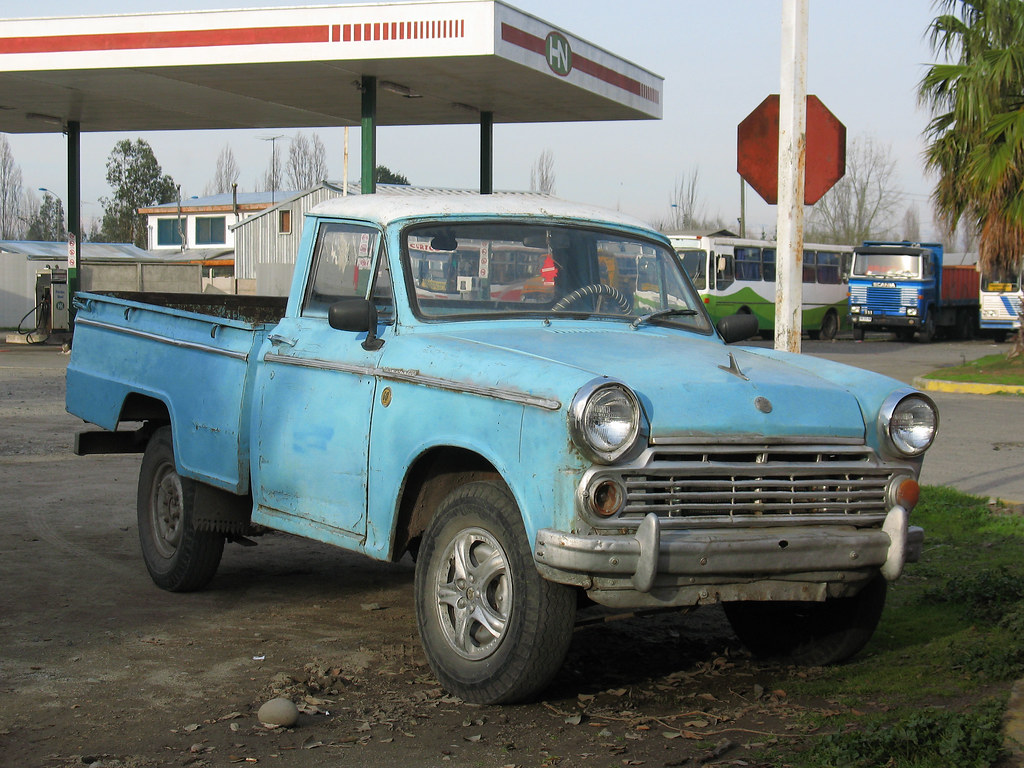
The 1962 Datsun 320 arrived on American shores like an efficiency ninja in an era of fuel-chugging behemoths. Stretching a modest 153 inches with a practical 6-foot bed, this Japanese pioneer delivered 30 mpg from its 60-horsepower 1.2L engine.Fuel economy was barely an afterthought for American manufacturers at the time. The 320’s practical approach signaled a coming shift in truck philosophy.
1962 Datsun 320 Pickup (Interior)

The 320’s interior embraced functional simplicity with a focus on durability rather than luxury. Its dashboard presented information through three simple circular gauges housed in a metal panel painted to match the exterior.The bench seat came upholstered in vinyl tougher than military boot leather, designed to withstand years of work abuse. Bare metal surfaces dominated the cabin, with minimal sound insulation. This no-frills approach perfectly matched the truck’s workhorse mission.
1. 1960 Goliath g800 Pickup (Exterior)

Germany’s post-war Goliath g800 Pickup made the most from minimal resources. At just 138 inches—shorter than some modern motorcycles with sidecars, this mini-hauler navigated ancient European city centers where streets were designed for horses.Its modest 800cc engine provided adequate motivation for light-duty tasks while sipping fuel with German precision. Size constraints forced ingenious packaging solutions.
1960 Goliath g800 Pickup (Interior)
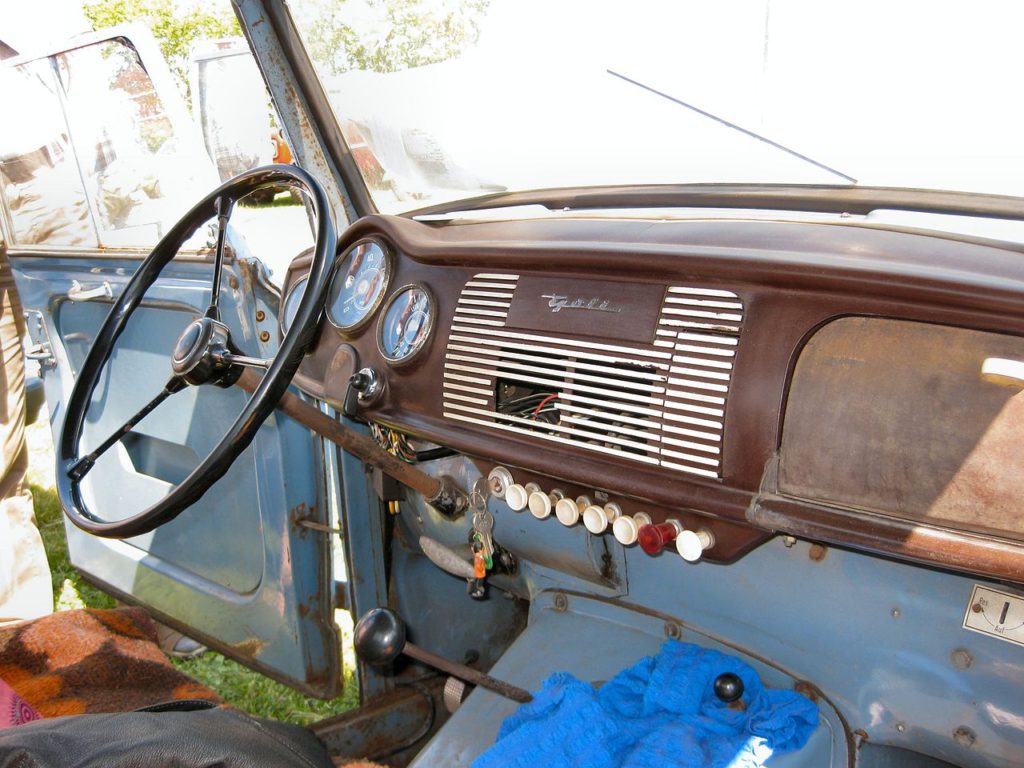
The g800’s interior emphasized German rationality where every component served a clear purpose. The upright seating position maximized cabin space while providing commanding visibility through generous windows.Its narrow dashboard housed simple instrumentation with Teutonic clarity. Though austere by modern standards, the cabin’s thoughtful layout prevented fatigue during working days. This function-first approach reflected post-war German values—efficiency taking precedence over aesthetic indulgences. Enthusiasts continue to cherish these compact legends for their rarity and charm. If you’re fascinated by pickups that are seldom seen, you’ll enjoy exploring this collection of rare pickup trucks that have slipped under the radar for most drivers.

